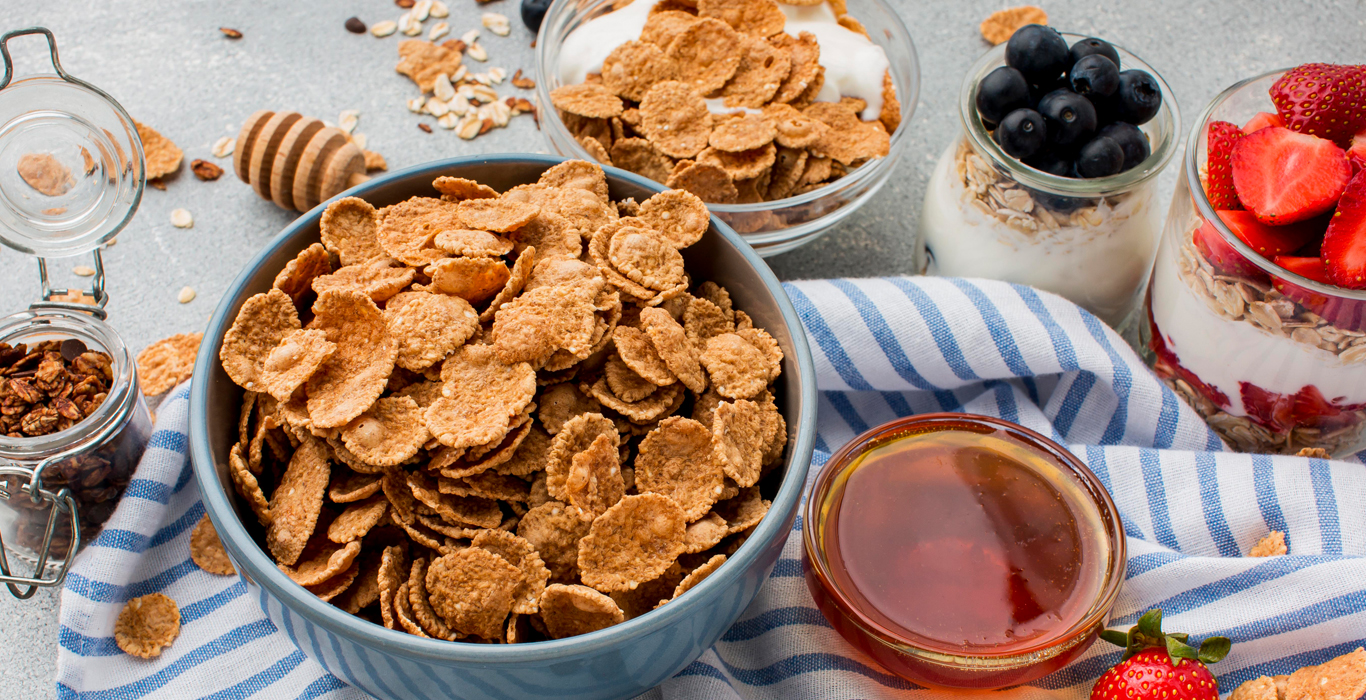Gluten Free FAQ
A: Gluten is a protein found in certain foods. It works to give the food an expandable consistency and is basically a "glue" that holds things like cookies and muffins together or a place to thicken the broth.
Q: What contains gluten?
A: Gluten is present in wheat, barley, spelling, rye, triticale, and oats.
Q: Are oats gluten-free?
A: Some people consider oats to be gluten-free and others do not. As a general rule of thumb, it is only safe to consider eating oats labeled specifically "gluten-free". The difference is that most oats are processed in the same machine as wheat and cross-contamination can be problematic. Gluten-free oats are processed in a dedicated machine and should therefore be safe for those who eat gluten-free foods.
Q: If food does not have edible grains on the label is it really gluten-free?
A: NO! Many processed foods contain products in which they contain gluten. This results as part of the production process. Just because packaged foods do not contain wheat, spelling, rye, etc ... the label can still contain gluten ingredients. Note words like HYDROLYZED, STATION, MODIFIED NATURAL FLAVOR, ARTIFICIAL FLAVOR, DEXTRIN, MALTODEXTRIN. All of these products can contain gluten. The only way to know for sure would be to check with the manufacturer. Eating a diet rich in whole foods and cutting down on packaged foods is the best way to avoid confusion here.
Q: What are some of the foods that are hard to identify if they contain gluten?
A: Other uncooked foods that may contain gluten are gravies, soy sauce, certain dressing salads, glaze meat, some french. and other processed foods. Be careful at restaurants! Always inform your server that you have a medical diet. Many restaurants now have a gluten-free menu!
Q: My pasta says Semolina on the ingredient list is right?
A: Absolutely not! Sometimes glutinous grains are hidden in the ingredient list. Some common names you may find hidden in wheat or other gluten-containing grains: Kamut, Semolina, Spelt, Bulgur, Durum, and Farina.
Q: How long does it take to "try" a gluten-free diet until I see a difference?
A: Depending on a number of factors, such as sensitivity, general health, amount of exposure, etc .. the half-life of gluten antibodies is up to 3-4 months. This means that ALL gluten should be eliminated from the diet for 3-4 months before a proper examination of whether gluten-free foods are good for you or not. Just cheating can have a very bad effect and you will need to reset the clock again.
Q: I do not have celiac disease so gluten is good for me, right?
A: Celiac disease is the only disease in which gluten-free foods are needed. In my work, I see always unexplained symptoms that usually disappear or decrease when gluten is properly removed from the diet. The only way to know for sure if you can benefit from a gluten-free diet is to check your IgE antibodies or eliminate them from the diet completely and monitor any changes in health or symptoms.
The only guaranteed way to know if you are eating gluten-free foods is to be labeled as such. If not, you should read the label and make sure you fully understand what each ingredient is and where it comes from. With modern technology it has become easier to do this ... all that is needed is a simple web search! There are many gluten-free options for every type of food or drink out there. Have fun and remember ... Wellbeing is all about you!
Visit Our Site Now @ https://skyroots.in/



Comments
Post a Comment